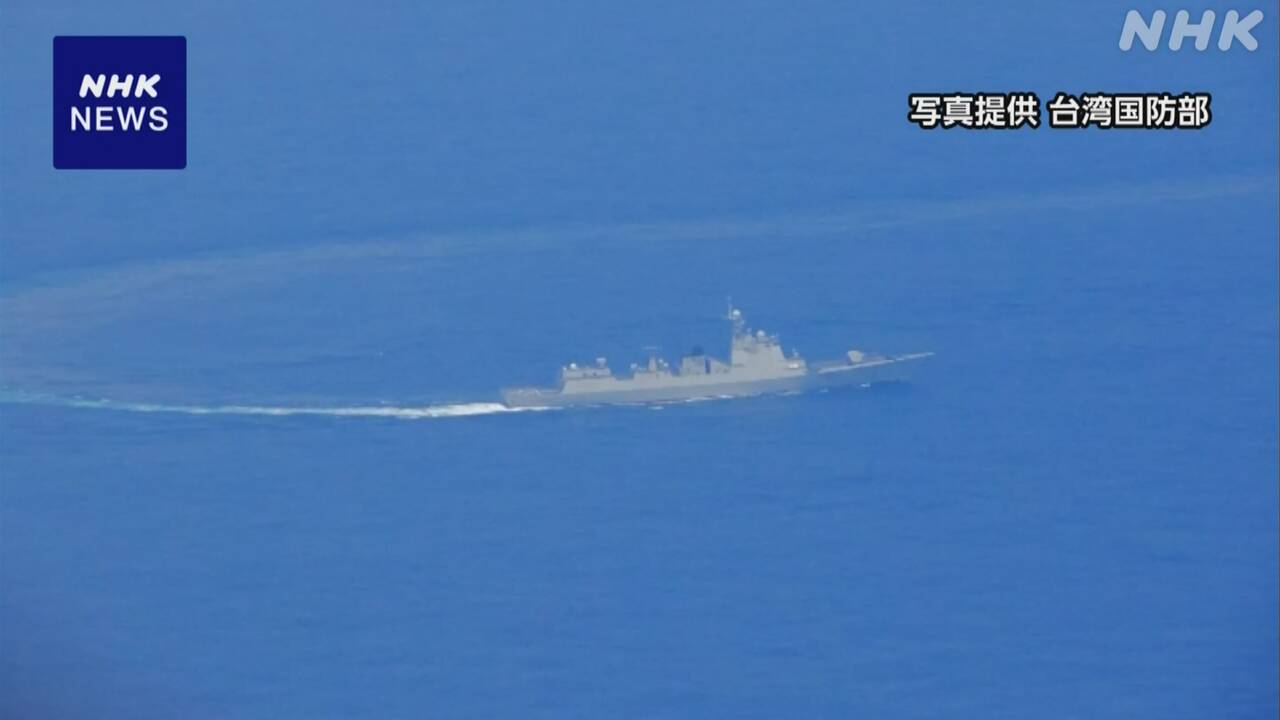Rising Tensions Between China and Taiwan Amid Military Exercises
The Chinese military has intensified its military exercises around Taiwan, conducting large-scale drills that began on the 23rd of the month. These exercises, described by China as a 'strong warning' against Taiwan's 'separatist forces,' have increased pressure on Taiwanese President Lai Ching-te. The United States has criticized these actions, urging China to act with restraint to maintain regional peace and stability.
During these maneuvers, China’s Eastern Theater Command has utilized a wide range of military resources, including dozens of fighter jets, destroyers, frigates, fast missile boats, and coast guard vessels. According to Chinese state media, the exercises simulate attacks on high-value military targets and attempt to showcase China's ability to encircle the self-ruled island. In response, Taiwan's Ministry of Defense confirmed that around 49 Chinese military aircraft and 9 ships were observed operating near Taiwan within a 24-hour period.
Taiwan has remained vigilant, with its own air force launching patrol operations and releasing visuals captured by anti-submarine patrol aircraft. President Lai Ching-te, newly sworn in, faces a significant challenge as these exercises mark the first real test in managing Taiwan’s relations with its powerful authoritarian neighbor.
The People's Liberation Army’s spokesperson, Naval Colonel Li Xi, emphasized that the exercises aim to punish separatists and deter external forces from provoking interference. Taiwan’s Ministry of Defense condemned these actions as 'irrational provocations' that undermine regional peace and security. Despite the heightened tensions, life in Taiwan continues relatively normal, with the capital's main stock index, TAIEX, rising modestly.
China’s military exercises often serve dual purposes, both for domestic propaganda and as an international signal of strength. Footage of the drills, prominently featured on Chinese state media, highlights the country’s military capabilities. However, experts suggest this show of force is part of a broader strategy rather than an indication of imminent conflict. U.S. officials, anticipating such provocations, have voiced support for Taiwan, advocating for diplomatic solutions to ease tensions.
- The Chinese military has a history of conducting such exercises as a show of strength, especially during periods of heightened diplomatic tension. For instance, similar exercises were held in August 2022 following the visit of then-U.S. House Speaker Nancy Pelosi to Taiwan.
- China's ruling Communist Party maintains that Taiwan is a part of its territory and has not ruled out the use of force to achieve unification. On the other hand, Taiwanese authorities continue to call for peace and the protection of their democratic freedoms.
- Military analysts indicate that the ongoing exercises, dubbed 'Joint Sword-2024A,' may not be the last this year, suggesting a continuation of China's assertive military posture toward Taiwan.
- Under President Xi Jinping, China has augmented its diplomatic, economic, and military pressure on Taiwan, while the democratic island fortifies its informal alliance with the United States. This dynamic increases the geopolitical stakes in the region, necessitating vigilant international oversight to prevent escalation.






